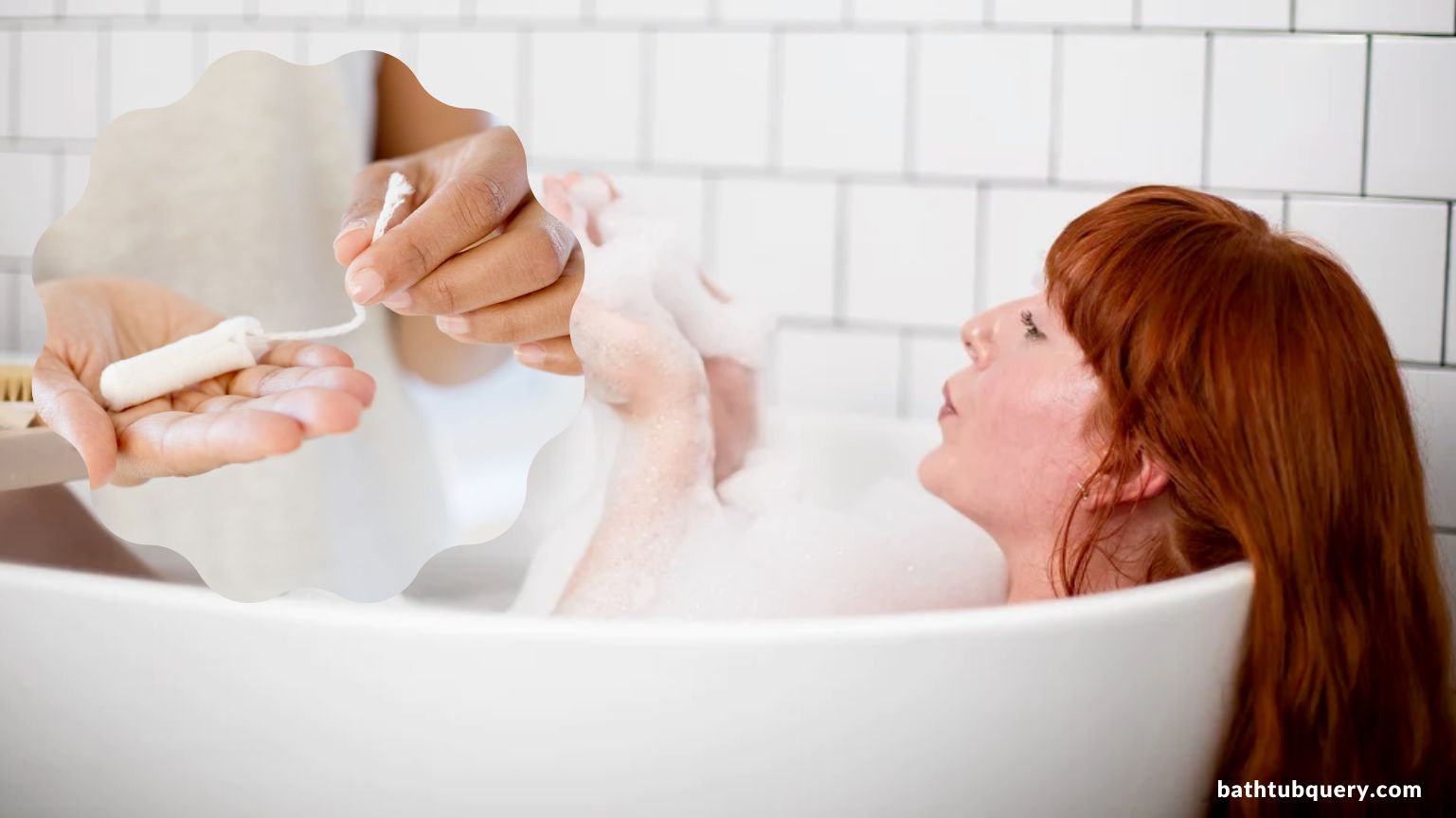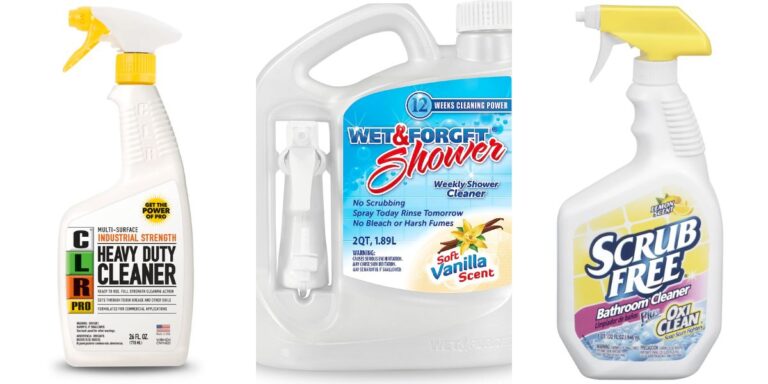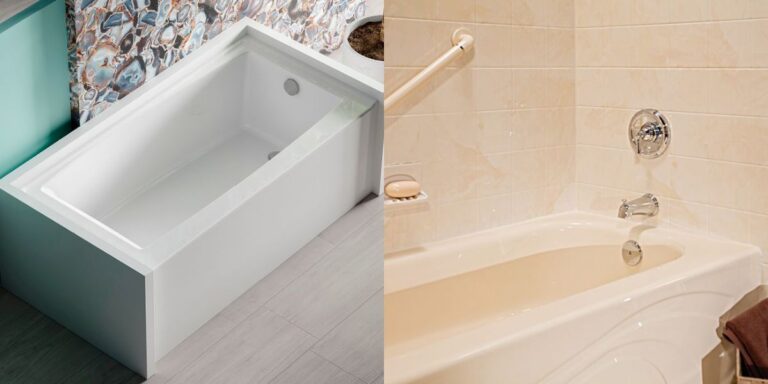Can I Wear A Tampon In The Bathtub? Bathing Habits and Feminine Care
Taking a warm, relaxing bath can be one of life’s simple pleasures. But if you get your period at an inconvenient time, you may wonder if it’s safe to soak in the tub while wearing a tampon.
Many women have done it, but some worry that getting a tampon wet could cause it to absorb water instead of menstrual blood. Or that the damp environment could increase the risk of toxic shock syndrome (TSS).
So can you take a bath with a tampon in? Or should you opt for a pad instead when it’s time to relax in the tub?
Can I Wear a Tampon in the Bathtub?
Yes, you can wear a tampon in the bathtub. While some women might worry about water entering their bodies, the vagina is naturally designed to protect against this. Your tampon will not become waterlogged or less effective while you’re bathing. However, some people prefer to change their tampon after bathing, and this is purely a matter of personal preference.
After the Bath: To Change or Not to Change?
After you’ve finished your bath, you might wonder if you should change your tampon.
- Personal comfort: If you feel more comfortable changing your tampon after a bath, then by all means, do so. Personal comfort and peace of mind are paramount in personal hygiene habits.
- Potential exposure: Some might worry about the exposure to bath products. If you’ve used bubble bath, bath bombs, or oils, you might prefer to change your tampon to ensure no residue has been absorbed.
Additional Considerations for Bathing During Your Period
Bathing during your period can be a little more complicated than at other times. Here are some other considerations to bear in mind:
| Point | Description |
|---|---|
| Bubble bath and bath bombs | Some women find that these products can cause irritation during their periods. |
| Hot water | Hot water can potentially increase menstrual flow. Be mindful of this while planning your bath. |
| Hygiene | Ensure your bath is clean before you get in to prevent any potential infections. |
How Do Tampons Work Underwater?

To understand how tampons interact with bath water, you first need to know the basics of how they work.
Tampons are designed to absorb menstrual fluid when inserted into the vagina. Most are made of tightly packed cotton or a cotton-rayon blend. This material swells as it soaks up blood and other discharge.
When a tampon gets wet from water, it can also expand a bit. But it won’t absorb a significant amount of bath, pool, or hot tub water.
Here’s why:
- Menstrual fluid is much thicker than plain water. It causes more expansion as the tampon’s fibers swell to absorb it.
- Tampons are intended to absorb upwards into the vagina. Bath water would pool lower in the vaginal canal.
- Cotton naturally repels water while readily absorbing viscous fluids. This helps minimize water intake.
So while the tampon may expand slightly in water, it will still have plenty of absorbency left for its intended purpose.
Does Water Increase the Risk of TSS?
Toxic shock syndrome is a rare but dangerous infection caused by bacteria known as Staphylococcus aureus or Streptococcus pyogenes. Although TSS can occur in anyone, menstruating women are at higher risk.
Using super absorbent tampons is one factor that can increase the odds of developing TSS. This is because the extra absorbency provides a better environment for bacterial growth.
However, water alone likely does not heighten the risk of TSS. There are no documented cases of the infection being triggered solely due to getting a tampon wet.
That said, you can further reduce your already low odds of TSS by:
- Using the lowest absorbency needed to manage flow
- Alternating between pads and tampons
- Always washing your hands before insertion
- Changing tampons frequently (at least every 4-8 hours)
Can Wet Strings Cause Discomfort?
Some women dislike the feeling of a soaked tampon string resting against the outer vaginal area. The wet cotton may chafe or stick to the skin.
If this bothers you, try:
- Pulling the string to one side after insertion so it rests laterally
- Using a menstrual cup instead, which doesn’t have external strings
- Wearing a pad in the bath and using a tampon afterwards
You can also minimize string wetness by avoiding dunking your lower body in deeper tubs. Shallow soaks come with the bonus of keeping your core warmer.
Tips for Comfortable Tampon Use During Baths

While tampons are made to work underwater, you may find a few adjustments make bath time more pleasant:
- Use a lower absorbency – Start with a “lite” or “regular” tampon suited to lighter flow days. This reduces expansion.
- Position it towards your back – Inserting the tampon towards the rectum instead of straight up helps limit water exposure.
- Change it after your bath – Switching to a fresh tampon after soaking ensures maximum dryness and absorption capacity.
- Rinse with fresh water – If the tampon feels overly expanded after your bath, do a quick rinse with cool clean water.
- Wear a pad too – Adding a pad gives backup coverage in case of leaks plus reduces string discomfort.
Taking these precautions can help you relax in the tub without worrying about your tampon performance.
Are Tampons Safe for Pools, Hot Tubs, and Spas?
Public pools are fine for tampon use, although you may feel more comfortable also wearing a pad or bathing suit liner for backup.
However, you may want to reconsider using tampons in hot tubs, spas, and heated pools. The warm temperatures can allow for rapid bacterial growth.
This is why health agencies advise against hot tub use during menstruation. The combination of heat and the potential for trapped fluids in the vagina could increase the risk of toxic shock syndrome.
Sticking to pads or a menstrual cup are safer options for hot tubs. And remember to change them frequently to reduce the odds of overgrowth.
Can You Use Tampons in Salt and Mineral Baths?
Salts and minerals are sometimes added to baths for therapeutic benefits. Common types include:
- Epsom salt: Magnesium and sulfate
- Himalayan pink salt: Sodium chloride and minerals
- Dead sea salt: High mineral content
- Baking soda: Sodium bicarbonate
These bath additives can potentially alter vaginal pH or microenvironments in large amounts or with prolonged soaking.
The vagina maintains an acidic pH of around 3.8 to 4.5. But salts make bath water more basic or alkaline. Over time, the pH could become less favorable.
Minerals may also interact with cotton fibers in unpredictable ways. So it’s wise to limit salt and mineral bath duration or supplement with a pad.
The Takeaway: Is It Okay to Bathe with a Tampon?
For most women, wearing a tampon periodically in a plain warm bath is unlikely to cause major issues. Just be aware of the potential for some expansion and absorbency loss.
To minimize risks:
- Use your lowest absorbency tampon
- Position it towards your back
- Avoid extensive water submersion
- Change to a fresh tampon after bathing
- Consider also wearing a pad for backup
It’s wise to avoid tampons in hot tubs, mineral baths, and pools with chemicals like chlorine. These environments may impact vaginal health or tampon performance.
While tampons are made to work wet, pads give you one less thing to worry about during bath time. But ultimately, you can decide what feels most comfortable for your body. Just take some basic precautions for optimal safety and enjoyment.
So go ahead and relax – you can wear a tampon in a normal tub bath. Though it’s fine to opt for pads too if that feels better. With a few small adjustments, you can soak in the tub without sacrificing tampon protection.
Frequently Asked Questions
Can I take a bath if I just put a tampon in?
You can take a bath right after inserting a new tampon. Just avoid soaking for more than an hour or two to limit expansion and water absorption.
Is it bad to leave a tampon in during a bath?
Leaving a tampon in a long, hot bath isn’t ideal since the heat and moisture can increase bacterial growth. Try to change it within a few hours.
What happens if you go swimming with a tampon?
Swimming with a tampon is fine. The tampon may absorb a little water, but it will still be able to absorb your flow. Wearing a pad for backup is a good idea.
Can I use a tampon in the hot tub?
It’s best to avoid tampons in hot tubs because the heat can rapidly increase bacterial growth. Pads or menstrual cups are safer options.
How do you keep a tampon string dry in the bath?
To keep tampon strings dry in the tub, position the string to the side, wear a pad too, or try not to submerge the string directly.
Related guides:
- Why Do I Get Itchy When I Lay in Bed but No Bugs?
- What Do Epsom Salts Baths Do?
- Why Do I Get Extremely Itchy After A Bath?
- What Can I Put In My Bath For Dry Itchy Skin? Soothing Your Skin

Amanda has been designing and installing bathtubs for over 15 years. She first got interested in the bathtub industry while working as an interior designer right after college. During her years as a designer, Amanda was frustrated by the lack of high-quality, unique bathtub options for her clients. This passion led her to start her own bathtub website in 2009.







